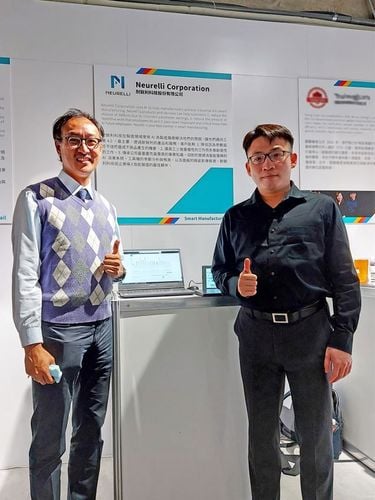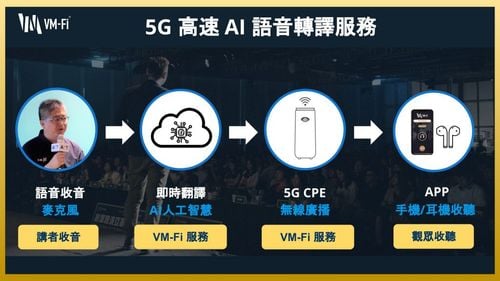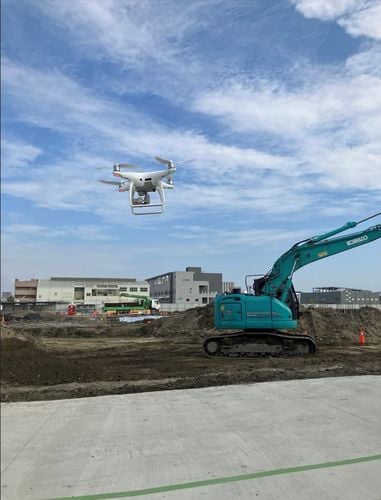【2020 Solutions】 Rui Ai Biotech Pioneers Global Home-based Smart Occult Blood Testing for Early Colorectal Cancer Detection
On average, one person is diagnosed with colorectal cancer every 37 minutes, making it the most prevalent type of cancer in the country for many years. In its early stages, the disease is almost asymptomatic, and if there is lower gastrointestinal bleeding, it often goes unnoticed when mixed with feces. Patients without regular screening habits can easily miss the optimal treatment window. Unlike the existing iFOBT stool tests, Rui Ai Biotech has developed the world's first home-use 'Hemoglobin Sensor' (referred to as 'Blood Gun'), which can detect blood in the toilet bowl after defecation. This helps users to interpret risks that are invisible to the naked eye, aiming not just to facilitate home health management, but also to improve the screening willingness and initiative of potential patients.
Patent King's Startup, Home-use Blood Gun Wins National Innovation Award
The current hospital-based fecal occult blood test requires individuals to collect stool samples and go to the hospital for biochemical analysis. This process lacks convenience and immediacy, reducing the public's willingness to undergo testing. When the blood in a patient's stool solution is visible to the naked eye, it often indicates that the disease has progressed to stage II or III.
In light of this, the innovative research team from Hsinchu, Rui Ai Biotech, founded in 2017 by Dr. Yan Shuo-Ting, a renowned 'Patent King' from Foxconn group, identified a gap in the current needs for occult blood testing. Utilizing his expertise in semiconductor optics and proprietary algorithms, he led the team to develop the 'Hemoglobin Sensor' for home use, which not only attracted angel investments from the US but also garnered numerous patents and the 16th National Innovation Award in 2019, winning countless accolades nationally and internationally.
Photometric Occult Blood Sensing Technology: A 10-second Test After Toilet Use
The Hemoglobin Sensor is easy to use. Employing optical sensing technology, users simply follow five steps after defecation to effectively detect early signs and initiate early treatment.
● Step One: After defecation, allow the feces to settle in the water for five minutes, then attach the specialized filter paper to the front probe of the sensor
● Step Two: Press and hold the power button for three seconds to turn on the device
● Step Three: Briefly press the sensing button to begin measurement, immerse the front probe in water for about 10-15 seconds
● Step Four: After viewing the results displayed on the screen, push the filter paper into the water (the paper is biodegradable) and flush confidently
● Step Five: Rinse the probe with clean water for 3-5 seconds and wipe with a tissue, place it back on the charging stand
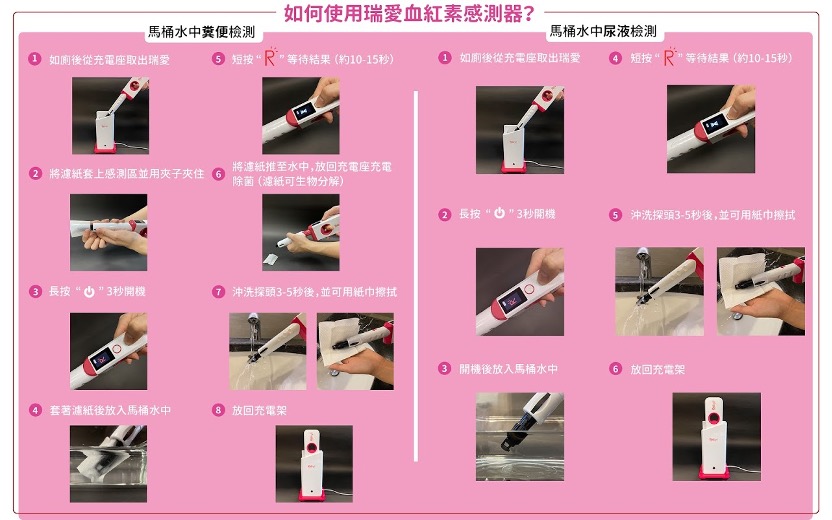
▲ Blood Gun Usage Method (Image Source: Rui Ai Biotech)
Optics Combined with AI Improves Accuracy, Creating a Staple Home Product
The main challenge in home-based occult blood testing is eliminating noise, identifying hemoglobin signals, and analyzing them. There are currently home-based hemoglobin test papers available; however, due to the difficulty in avoiding impurities at home which affects accuracy, and the relatively high cost of consumables, it has not yet become widespread in the market. The photometric 'Hemoglobin Sensor' breaches these technological barriers, with its internal optical components utilizing a highly sensitive CMOS image sensor (CIS), combined with an optical module minimized to the smallest possible size. The proprietary algorithm analyzes and effectively avoids noise interference, accurately determining the results as negative (no occult blood) or positive (occult blood present).

▲ Blood Gun Spectral Sensing Technology Diagram (Image Source: Rui Ai Biotech)
The handheld 'Hemoglobin Sensor' has been crowdfunding on the platform ZecZec since February this year, reaching its target of one million New Taiwan dollars by the end of March. It is also available for purchase on PChome Store Street (https://www.pcstore.com.tw/redeye/). Rui Ai Biotech hopes to make the Hemoglobin Sensor a household essential for testing, and is also committed to promoting the extended application of this patented technology, such as integrating it into smart toilets. The product has already attracted attention from several domestic and international bathroom and health testing equipment manufacturers, presenting considerable potential business opportunities and marketability.
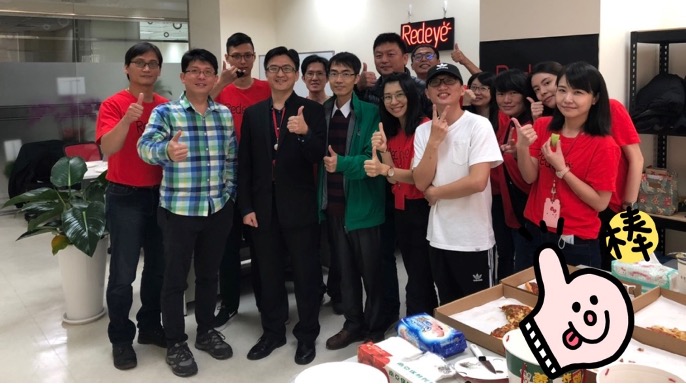
▲ Rui Ai Biotech Team, fourth from the left is CEO Dr. Yan Shuo-Ting (Image Source: Rui Ai Biotech Facebook)

▲ Rui Ai Biotech Blood Gun Introduction (Image Source: Rui Ai Biotech)
(This article is published with permission from Rui Ai Biotech on AI HUB)
「Translated content is generated by ChatGPT and is for reference only. Translation date:2024-05-19」
